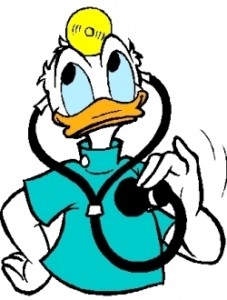Valdez Disputes Persist
As my beloved readers will recall, the Supreme Court ruled in Valdez that non-MPN treatment reports were admissible. And how do we know that? Because Labor Code section 4605, that the employee has the right “to provide, at his or her own expense, a consulting physician or any attending physicians whom he or she desires.”
Your humble blogger interpreted this as we all should – repeated bills, liens, and demands for payment by the treatment provider negate the “at his or her own expense” clause of section 4605, rendering the reports inadmissible.
Now comes the unpublished decision in Mirian Garcia v. Illinois Midwest Insurance Agency. Therein, the Court of Appeal had suspended action until the Valdez decision issued. Applicant had treated with several non-MPN physicians, but the WCJ had ruled those reports inadmissible.
The Court of Appeal remanded the case down to the WCAB to rule on admissibility of the previously excluded reports, and to have those admissibility decisions guided by the Supreme Court’s opinion in Valdez.
Look, certain things you have to openly, proudly, and fiercely declare to make the magic of the law work. For example, your humble blogger is no bankruptcy attorney, but bankruptcy generally works like this:
So, if you want those non-MPN reports to be admissible, you need to say so when you’re getting the treatment. And if the provider is sending bills to the insurer, then the WCAB defendant should point to that fact when the applicant tries to get this case squeezed back in.
Now, it’s very interesting to watch this case – how will the WCAB rule on admissibility? Will the WCAB adopt your humble blogger’s reasoning in this case? Let’s keep our collective ears to the proverbial ground.

